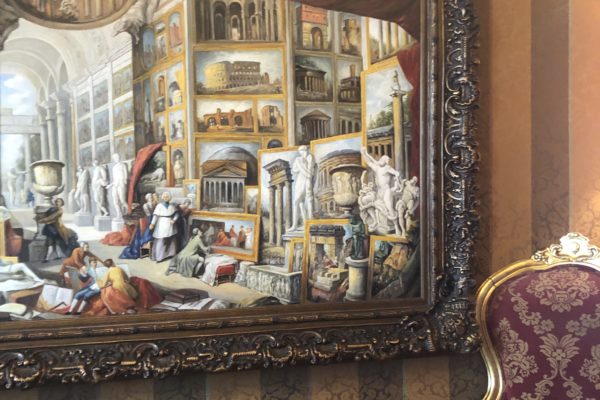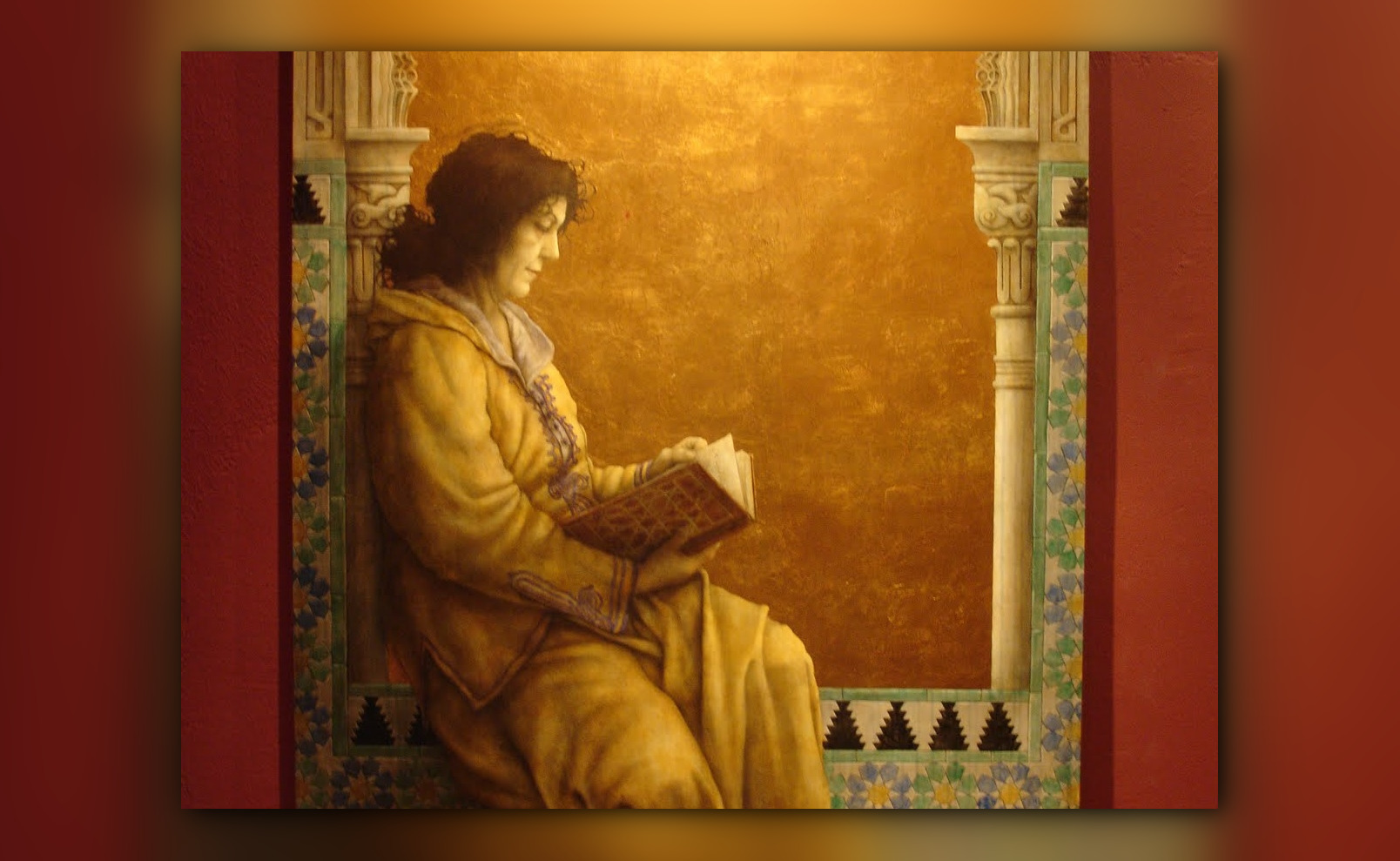These translations of avant-garde Iranian modernist Bijan Elahi (1945-2010) have been co-translated from Farsi by Rebecca Ruth Gould and the Iranian poet Kayvan Tahmasebian and have been drawn from their forthcoming project, available here.
I Believed
Before cocks crowed
I believed
your eyelids
opened dawn’s book.
Your mouth held for me
laughter warmer than the unrisen sun,
than the tear, again to be shed.
The cocks fell asleep before they crowed.
They understood they would have other days to crow.
They knew they would be forgiven
when the end comes for us all.
I believed.
I swear by young dreams that I believed
the innocence of your eyelids,
the innocence of leaves,
whitened in light.
I swear by all that is white.
Only the cypress betrayed.
It was courted by every season.
Tasseography 1
I
A small mouse
in your hand,
a pretty mouse
with bright eyes
heads toward sweet crimson.
(A bit later you
will be heartless.)
II
A willow tree in life,
with white veins in red streams
(and not bloody crimson),
is a ship’s journey.
A man faces sunrise.
A woman faces sunset,
leaning back to back.
The sea intersects their faces
on this ship’s journey
III
There was a time when
before the cups were
turned upside down2
when futures were wide open
and life moved
in forms beyond itself.
Mourning the Birth of Image
1
Time
turned blue.
Your fingers brought no more good news.
Your fingers used to be a ladder
on which plucked doves
would climb to the roof.
2.
Time
turned blue.
And in its veins
there lived another time
that struck his heart at the glass
and tore the newborn hour
in pieces.
3.
Suddenly
in the father’s veins,
I was out of breath,
a sperm who dreamed of a mother
for years.3
The mother
was searching for a bird
in the veins of a tree.
She had forgotten
the bird’s empty perch
on the branch.
4.
Here
is that bird in mirrors.
Let us break the mirrors!
Shall the bird die
or shall it be born?
An image born
is a mirror broken
A mirror dead
is an image broken.
5.
Fable
A bird
lived in a mirror.
The mirror
broke.
The mirror birthed a bird.
The bird
melted the mirror,
drank the water,
and became a mirror!
6.
Here I am, having become
the bird in the mirror.
- Tasseography is to the practice of predicting the future on the basis of coffee grounds (or related materials), a widespread practice in Iran. The collected poetry (diwan) of Hafez was also consulted in this manner. Each episode in this poem involves a specific method through which the future was read from material remnants.
- The reference here is to the practice of turning cups upside down in order to obtain the coffee grains on the bottom and to predict the future on that basis.
- The same Persian word—mani—here denotes both the first person pronoun “I” and sperm.




